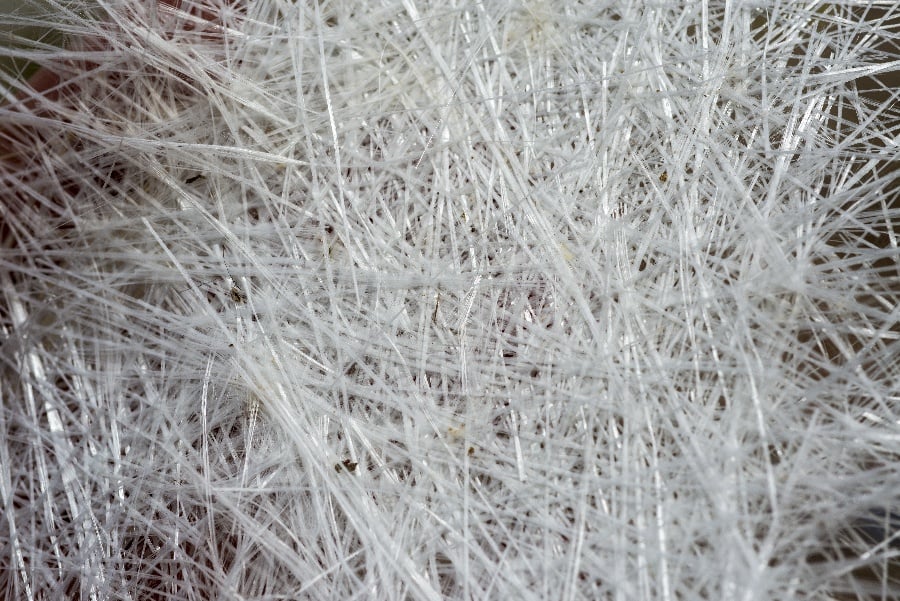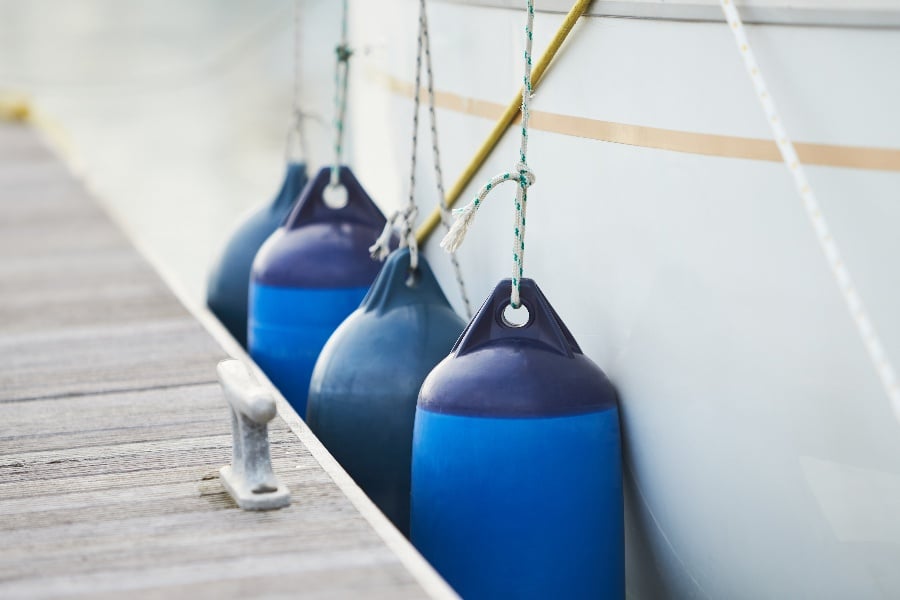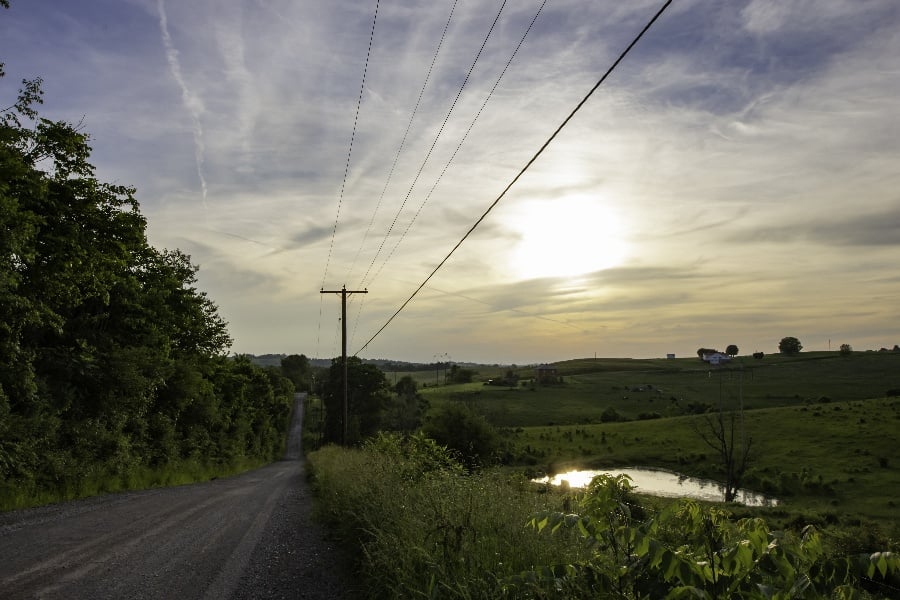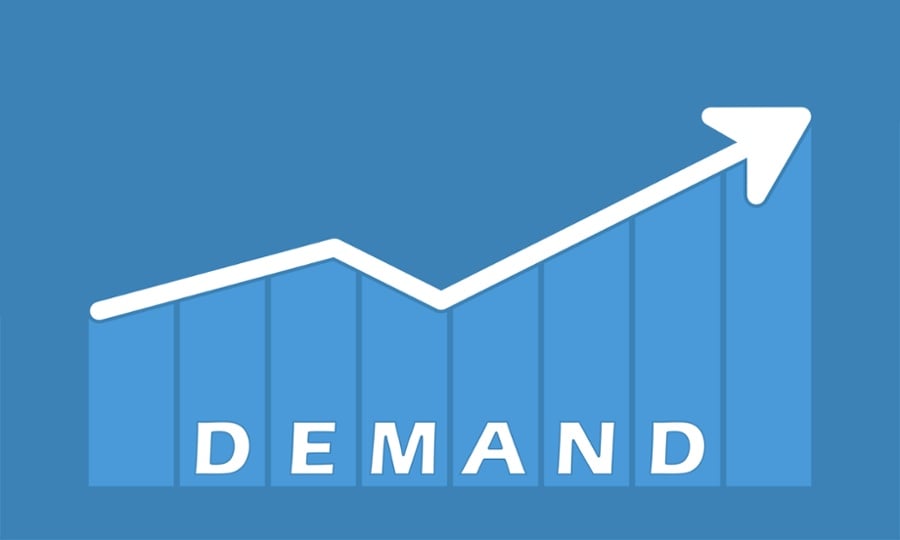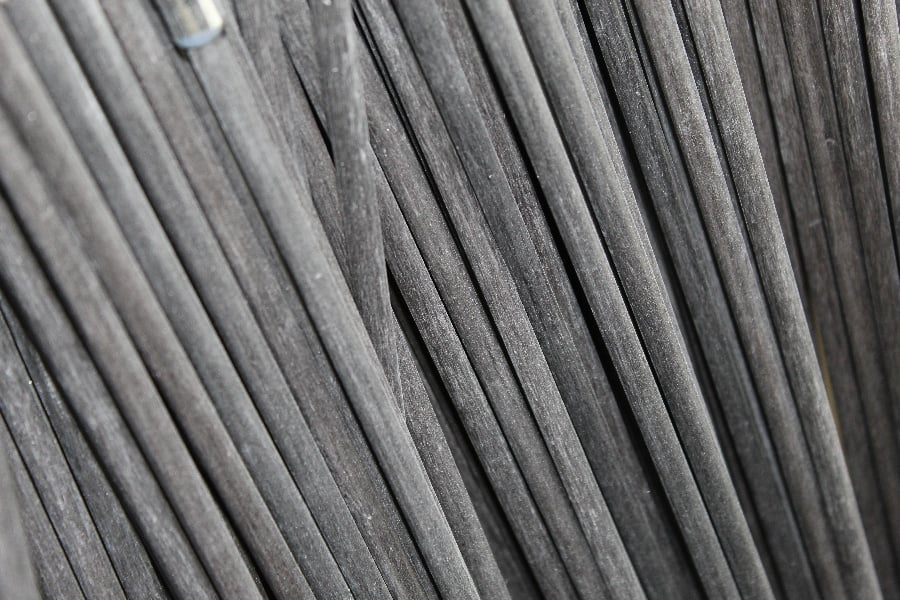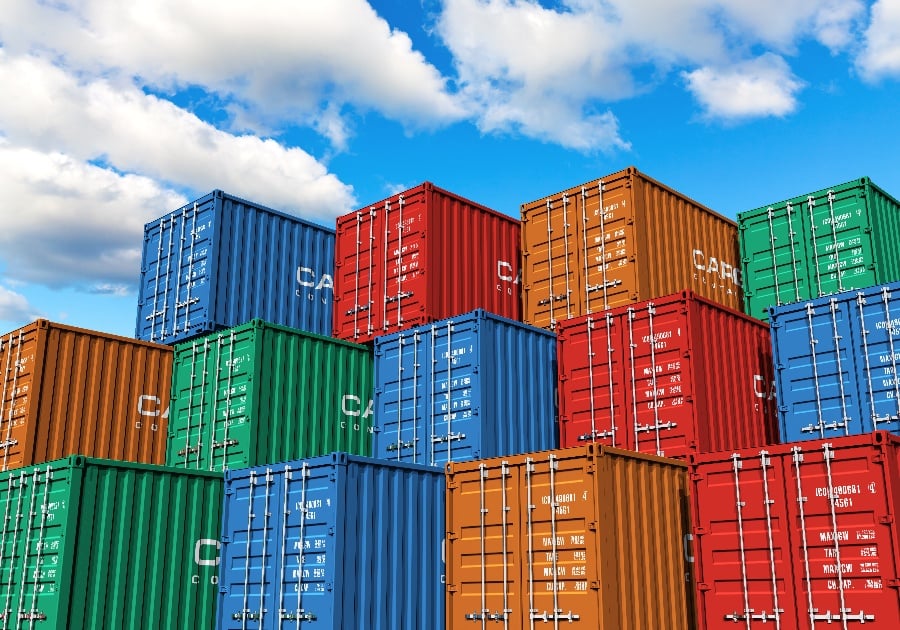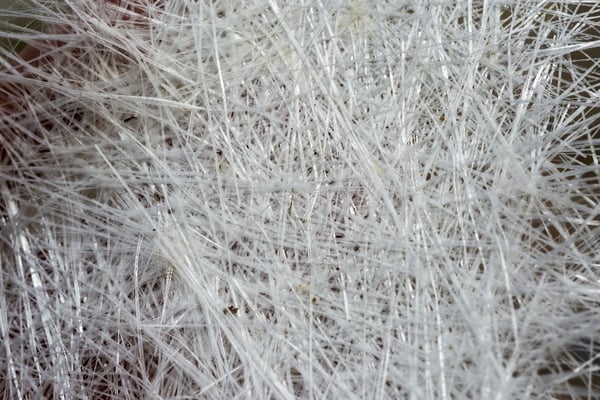
With the rapid increase in the number of COVID-19 patients, the demand for emergency medical shelters has risen sharply. Luckily, Fiber Reinforced Polymer (FRP) composite medical shelters commonly used by the United States Military are here to save the day.
Generally used as field hospitals, these rapidly deploy-able shelters have been put to good use in recent months.
Completely customizable, these can be equipped with a variety of medical equipment including surgical bays, X-ray machines, magnetic resonance imaging, intensive care units, and viral testing.
How Medical Shelters are Built
Most existing hospitals do not have the capacity to handle the increased number of patients during a pandemic. To cope with the increased number of COVID-19 patients all across the country, emergency medical shelters have been deployed to deal with the increased demand for medical beds.
These medical shelters can accommodate the needs of the hospital without having to wait for months of construction.
FRP composite panels weighing under 200 lbs were used to create the floors, walls, and roofs of the shelters. These panels were shipped in flat packs that are lightweight and very easy to assemble. They can even be broken down, transported to a new location, and assembled again for reuse.
The average emergency medical shelter is a 10-ft x 10-ft x 20-ft unit that can be expanded depending on the needs of the hospital. It is completely flame-retardant and can be constructed on rough terrain while still meeting the standard building requirements.
Also resistant to corrosion, these emergency medical facilities can withstand inclement weather and toxic chemical agents.
Furthermore, cranes, bulldozers, forklifts, and other heavy-duty machinery are not needed to assemble these shelters. The FRP composite panels are pre-cut and assembled in a matter of hours.
Electrical wires and LED lighting are recessed into the panels. The assembly crew doesn’t need to spend time performing electrical work or bringing in lighting equipment. External water connections and HVAC-ready electrical waterfall are also included.
The FRP composite panels can be built using fiberglass, carbon fiber, or even aramid. Epoxy and phenolic resins are used during the pultrusion process to create a strong bond.
Why Use FRP Composites Over Aluminum?
FRP composite products are thermoplastics with many advantages over aluminum. While aluminum is the lightest weight metal available, it is conductive and non-ferrous which means that it is a soft metal.
Non-ferrous metals are not resistant to impact like FRP composites are. In the event of a global pandemic or on the battlefield, emergency medical structures need to be resistant to just about everything.
FRP composite materials are non-conductive, lightweight, and durable. They have a higher tensile strength than aluminum, and can be in various forms including panels.
Highly versatile, these advanced composites are resistant to impact, corrosion, heat, insect damage, and inclement weather. An emergency medical shelter built from FRP composites can sit outside. It can withstand prolonged sun exposure, heavy rainfall, snow, strong winds, and even hail.
Other FRP Composite Applications
Besides large building panels, FRP composite materials can be used to create a wide range of products. Fiberglass poles have endless opportunities to shine.
They can be used to create fishing rods, kites, flag whips, greenhouses, and so much more. Electric fence poles, electrical supports, flag poles for the golf course, crossbars, high-jump poles, gardening supports, and even CB antennas can be made out of fiberglass poles.
These flexible structures are most commonly seen as framing structures. They are lightweight, non-conductive, corrosion-resistant, and require no maintenance.
Another product we make at Tencom is fiberglass pipes. Some people might refer to them as tubes, but they are flexible, hollow fiberglass poles.
Commonly used throughout many different industries, you can find fiberglass pipes in bridges, guardrails, highway sound barriers, utility poles, and even sporting goods like bicycles, tents, golf clubs, paddles, hockey sticks, and more. They require little to no maintenance and can last for over 15 years.
If you are looking for something a bit more rigid that a pole or pipe, then you can order fiberglass rods right here at Tencom. We typically receive requests for fiberglass conductor rods meant for utility purposes.
During the pultrusion process, we use a combination of polyester, vinyl ester, urethane, and epoxy resin. Our fiberglass rods measure anywhere from 100-ft to 2,000-ft in length, and they are available in the following diameters: 3/6-in, 1/4-in, 5/16-in, and 3/8-in.
Although these rods are already resistant to heat, electricity, moisture, and impact, there are specialty resins we can mix in during the pultrusion process to enhance certain features even further. The average production time for fiberglass rods is 3 to 4 weeks, though customized products can take up to 8 weeks.
The final product we will look at in this post is the fiberglass bar. We can create FRP composite bars that can be used in a variety of applications. Often, we see these bars used to build catwalks for construction crews. Because these are FRP composite bars, they provide non-slip surfaces for crew members to walk on.
In emergency medical shelters made with FRP composite materials, the floors are non-slip. In our product catalog, you can see that we have the ability to create flat beams that are welcome additions to any construction project.
Tencom’s Pultrusion Process
At this point, you might be wondering how we can create so many different, versatile products with the same materials. The secret is our pultrusion process.
We specialize in fiberglass and carbon fiber products. The first step is to choose the type of fiber that will be best suited for the project at hand. Next, the fibers are woven together to form an intricate bond.
Then, those rovings are pulled through a liquid epoxy resin bath to make that bond even stronger. Next, the materials are shaped and cured to create the final form. If any cutting or drilling needs to be done, then that happens next, and the products are ready to ship.
For more information on our pultruded products, get in touch with our experts today.

